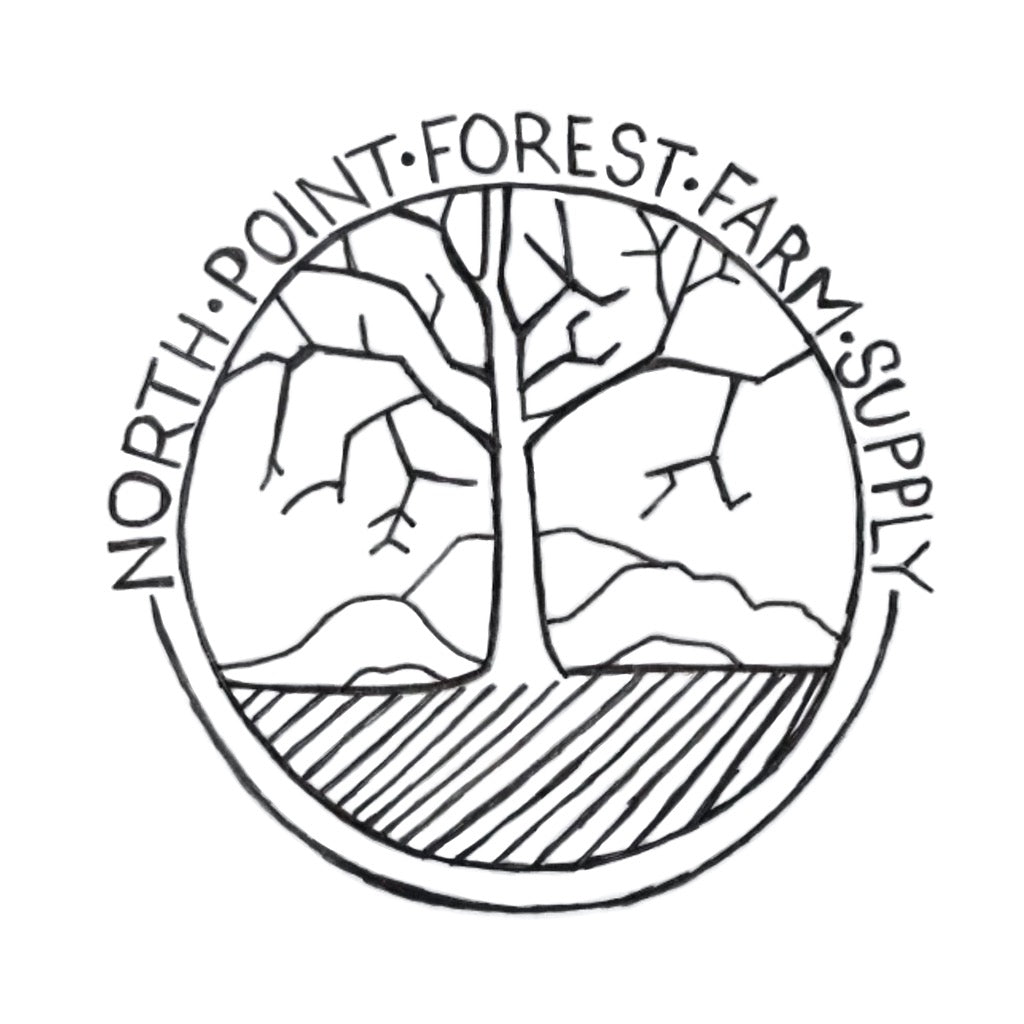Bio-Regionality & Seed Orcharding
Genetically improved techniques are often achieved by experimental field testing and the growing of seed orchards.
Experimental seed orchards are important in the production of improved cultivars, yet take on the risk of failure at multiple phases in their development.
Seed orchards, although time consuming, help establish regional adaptive colonies that then reproduce naturally in local ecosystems if planted within their theoretical horticultural zone range.
Seed orchards are critical to the development of local strains of regionally adapted tree crops.
We believe that locating and identifying seed orchards is critical to maintaining genetic diversity.
In addition to seed orchards, breeding relies on a type of symbiotic relationship between grower and plant in which desired inheritance is correlated to human genetic selection (Pollan, 2002).
By gathering, storing, and germinating seeds from select mother trees, we are encouraging a type of genetic diversity and inheritance hindered by seed predators in the wild.
The value of mixed genetics from seed orcharding blooms from the idea that the trees maintain their own evolutionary momentum. We follow this logic.
All grafted trees were once seedling trees—by planting more seedling trees, the chances of new strains of high performing trees are given a chance to emerge.
Considering the scale of reforestation via the proposed agroforest transition, we believe seedlings are a necessary and economically viable path forward.
